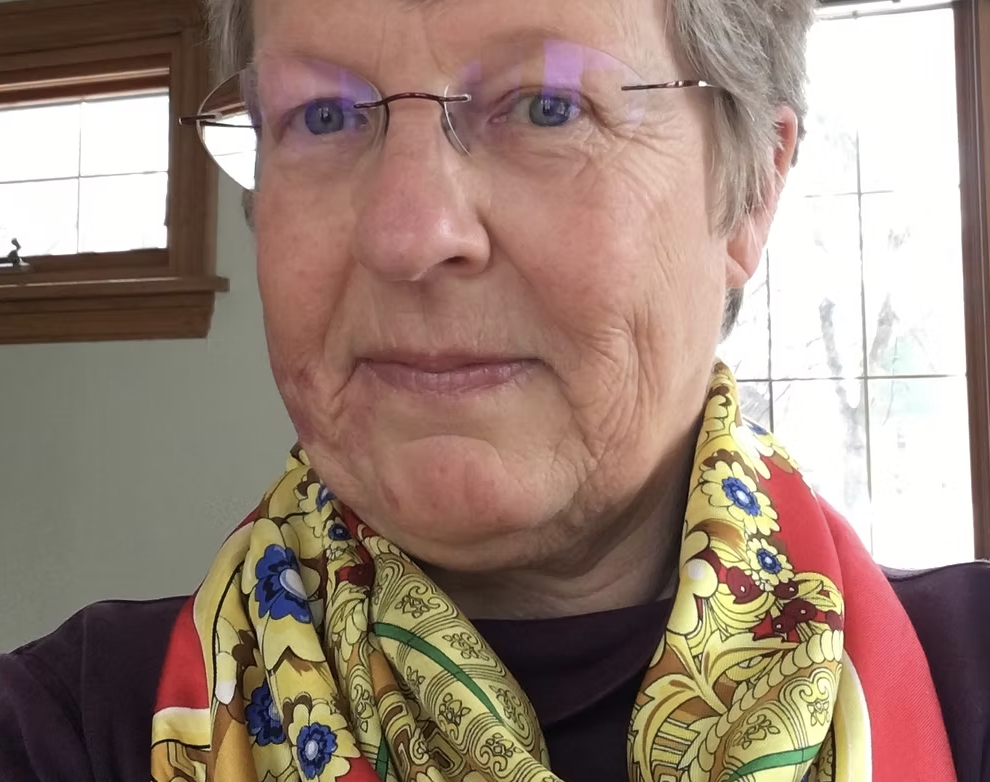“Psychologist and writer Faith Galliano Desai provides a solution, but it isn’t an easy one. She instructs us to remember that anxiety is energy that must move. If we let it pass through us, it will lose its power.”
“When facing illness or pain in any form, we often find ourselves alone. Not because the world is insensitive, but because even those who love us sometimes do not know how to help, how to interact, or cannot find the right words.”
I began to see grief everywhere.
A diagnosis started it, though I didn’t know, exactly, what I was seeing. I had no words for the gnawing inside my gut, the tightness beneath my sternum, the exhales that were just that much heavier. Grief was everywhere, but nameless. It became larger and louder until I could sense it, name it, be with it, speak about it. Only then did I begin to smile – really smile – again.
Grief will require it be Seen.
In her essay, “Giving Up the Fight” (Nonfiction, Intima, Spring 2023), Rebecca Stanfel tells the story of her experience living with sarcoidosis. She was the mother of a young child when the disease arose and was frequently incapacitated by pain, vertigo, and fatigue, as well as by lengthy hospitalizations. One doctor told her she might “drop dead at any moment.”
“Leaving my homeland means carrying these uncertainties with the knowledge that a phone call, an email, a single test result can change the shape of a life we thought we knew. But like sea glass, we are shaped by what we endure, softened by time, and held together by the stories we share across miles and years.”
The “estranged daughter from California” is an expression used by MAiD practitioners to describe that relative who shows up to rail against the dying person’s wishes to end their life.
“How can people in our country be convinced it is right to share our bounty with the world’s less fortunate?”
“We don't control what happens to our bodies, but we do control how we respond. How we adorn. And how we move through the world.”










“For fifty-eight years, I've lived with Type 1 Diabetes. My body speaks in tremors, in metallic tastes, in sudden collapses that look like laziness to people who don't know better…I've spent decades translating myself for others—apologizing for leaving early, for needing to sit, for being tired when I looked fine.”